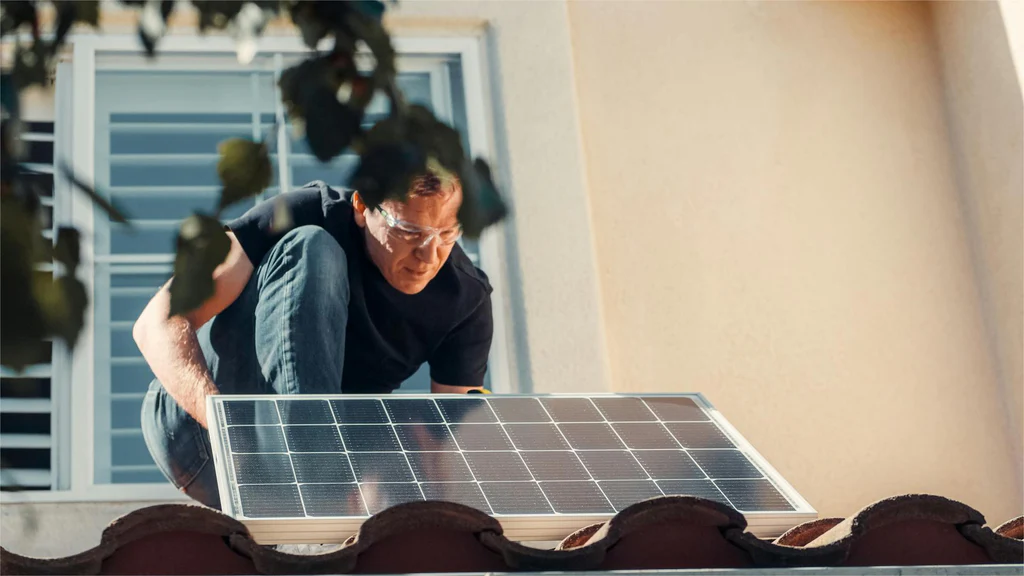Discover the Ultimate Secrets to Perfect Solar Inverter Placement!
The placement of solar inverters plays a critical role in the overall efficiency and longevity of a solar energy system. These devices are essential for converting the direct current (DC) produced by solar panels into alternating current (AC) that can be used in homes and businesses. However, a debate persists among homeowners and installers about whether to install these inverters indoors or outdoors. Each option comes with its own set of advantages and challenges, which can significantly impact performance, durability, and maintenance. In this article, we will explore the optimal location for solar inverters, weighing the pros and cons of both indoor and outdoor installations to help you make an informed decision.

Understanding Solar Inverters and Their Role
Solar inverters serve as the heart of a solar energy system. They perform the crucial task of converting DC electricity generated by solar panels into AC electricity that can be used in homes. There are several types of inverters available, including string inverters, microinverters, and power optimizers. String inverters are typically used in residential settings and connect multiple panels in series. Microinverters, on the other hand, are installed on each panel and maximize energy production at the individual panel level. Power optimizers are similar to microinverters but work in conjunction with a string inverter. Understanding the type of inverter being used can influence the decision regarding its placement, as different models may have varying requirements for ventilation, heat dissipation, and accessibility.
Pros and Cons of Indoor Installation
Installing solar inverters indoors offers several advantages. One of the primary benefits is protection from harsh weather conditions, including rain, snow, and extreme temperatures, which can prolong the life of the inverter. Additionally, indoor installations provide easier access for maintenance and troubleshooting, as you won’t need to contend with outdoor elements. However, there are significant drawbacks to consider. Indoor environments can lead to heat accumulation, especially in closed spaces without proper ventilation. Excessive heat can decrease inverter efficiency and lifespan. Moreover, if the inverter is located in a lower level or basement, it might be more challenging to run conduit and wiring to the solar panels on the roof, potentially complicating the installation process.
Pros and Cons of Outdoor Installation
Outdoor installations have their unique set of advantages. A major benefit is the natural cooling effect from outdoor air, which helps maintain optimal operating temperatures for solar inverters. Additionally, being installed outdoors allows the inverter to be closer to the solar panels, which can reduce energy losses in the wiring. However, outdoor installations come with challenges. Inverters exposed to the elements face risks from rain, snow, and extreme heat, which can lead to potential damage and require protective enclosures. There are also security concerns to consider, as outdoor inverters may be more susceptible to theft or vandalism. Furthermore, accessibility for maintenance can be an issue, especially if the inverter is mounted in a hard-to-reach location.
Factors to Consider When Choosing a Location
When deciding on the best location for your solar inverter, several key factors should be taken into account. First, consider the local climate; regions with extreme weather conditions might favor indoor installations to protect equipment. Secondly, assess the available space; indoor locations may be limited by room size, while outdoor placements require careful consideration of the surrounding environment. The type of inverter is also crucial, as some models are better suited for specific conditions. Finally, local regulations regarding solar installations may dictate certain requirements for placement, so it’s wise to consult with local authorities or your installation professional. Taking these factors into consideration will help you make a well-informed decision about where to place your solar inverter.
Expert Recommendations and Best Practices
Experts in the solar industry recommend evaluating both indoor and outdoor placement options carefully. A common piece of advice is to prioritize ventilation, particularly for indoor installations, to prevent overheating. Installing the inverter in a shaded area outdoors can help mitigate heat issues while still taking advantage of natural cooling. Additionally, it’s essential to ensure that the inverter is easily accessible for maintenance and troubleshooting, regardless of the chosen location. Engaging a professional installer can provide tailored solutions that consider your specific circumstances, ensuring optimal performance and longevity of your solar energy system.
Maximizing Solar Inverter Performance Through Smart Placement
In conclusion, the decision between indoor and outdoor solar inverter installation is a significant one that can affect the efficiency and lifespan of your solar energy system. Each option has its advantages and disadvantages, from protection against the elements and accessibility to potential overheating and security concerns. By weighing these pros and cons carefully and considering the specific factors relevant to your situation, you can make an informed choice that maximizes the performance of your solar inverter. Remember, consulting with experts can provide valuable insights tailored to your unique needs, ensuring that your solar energy system operates at its best.

